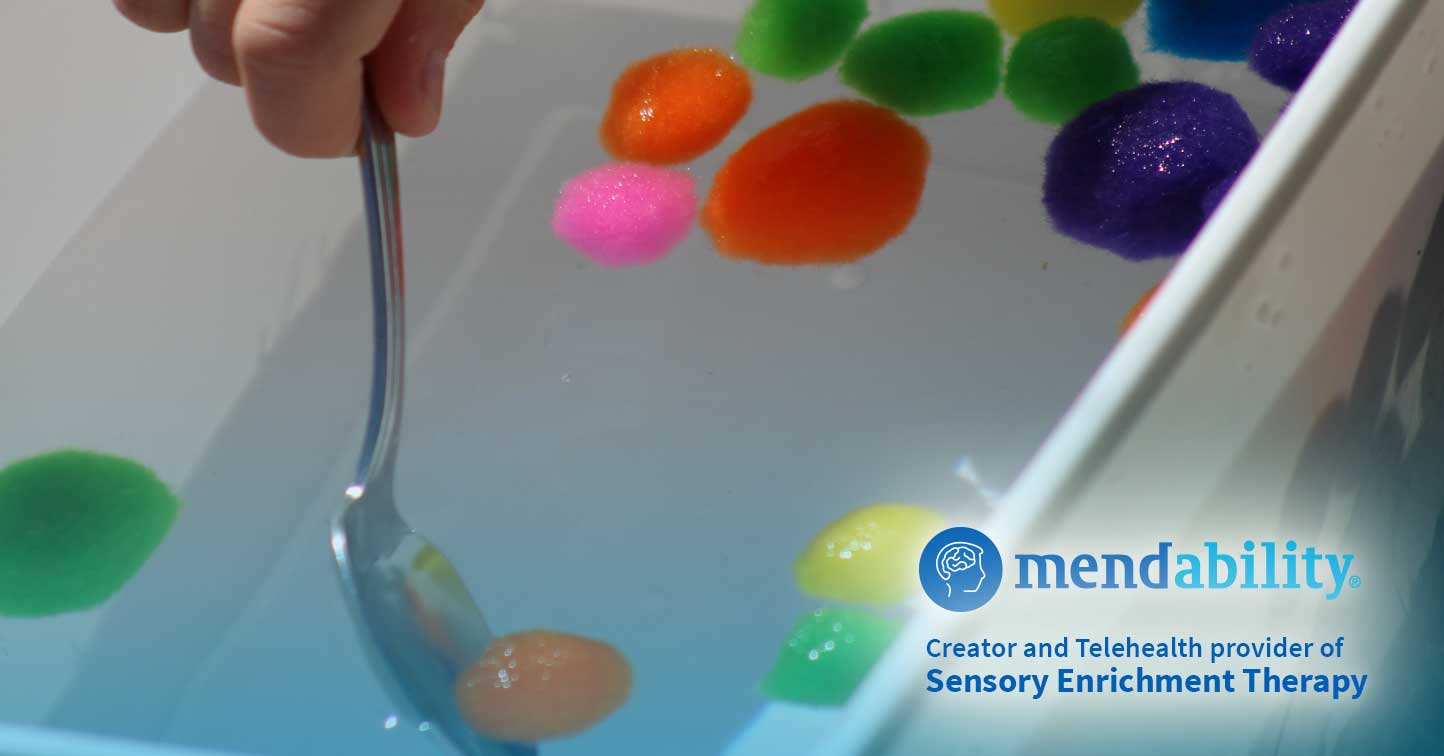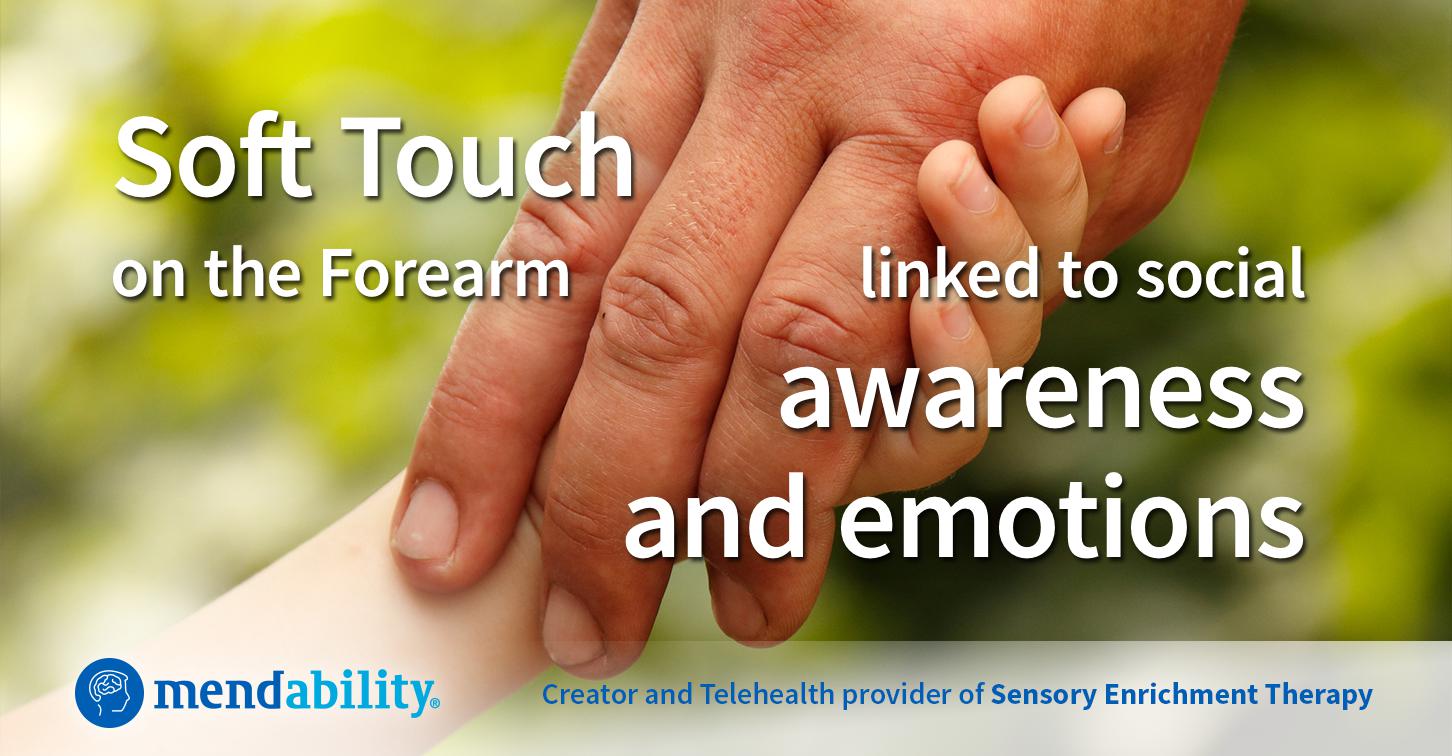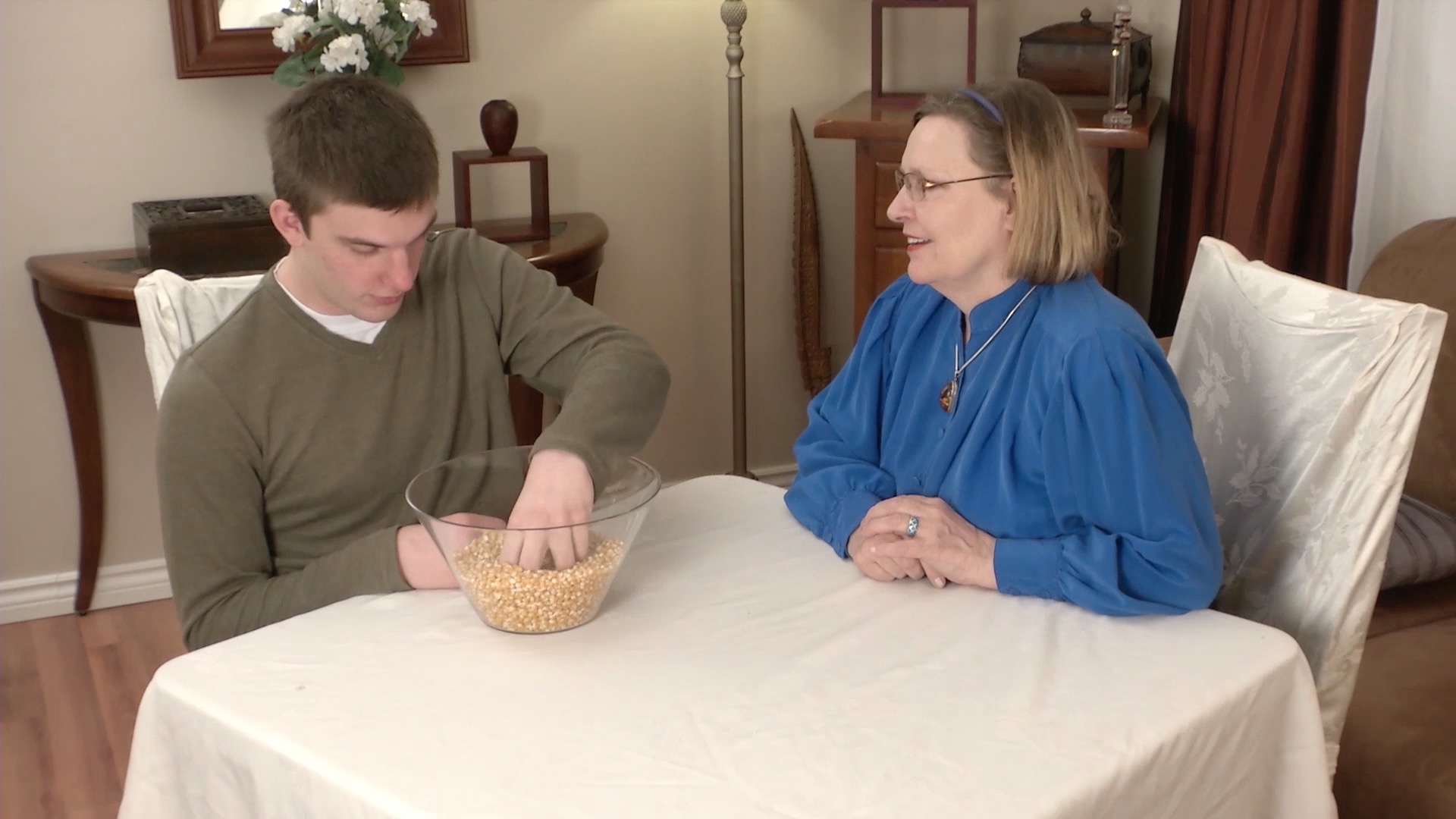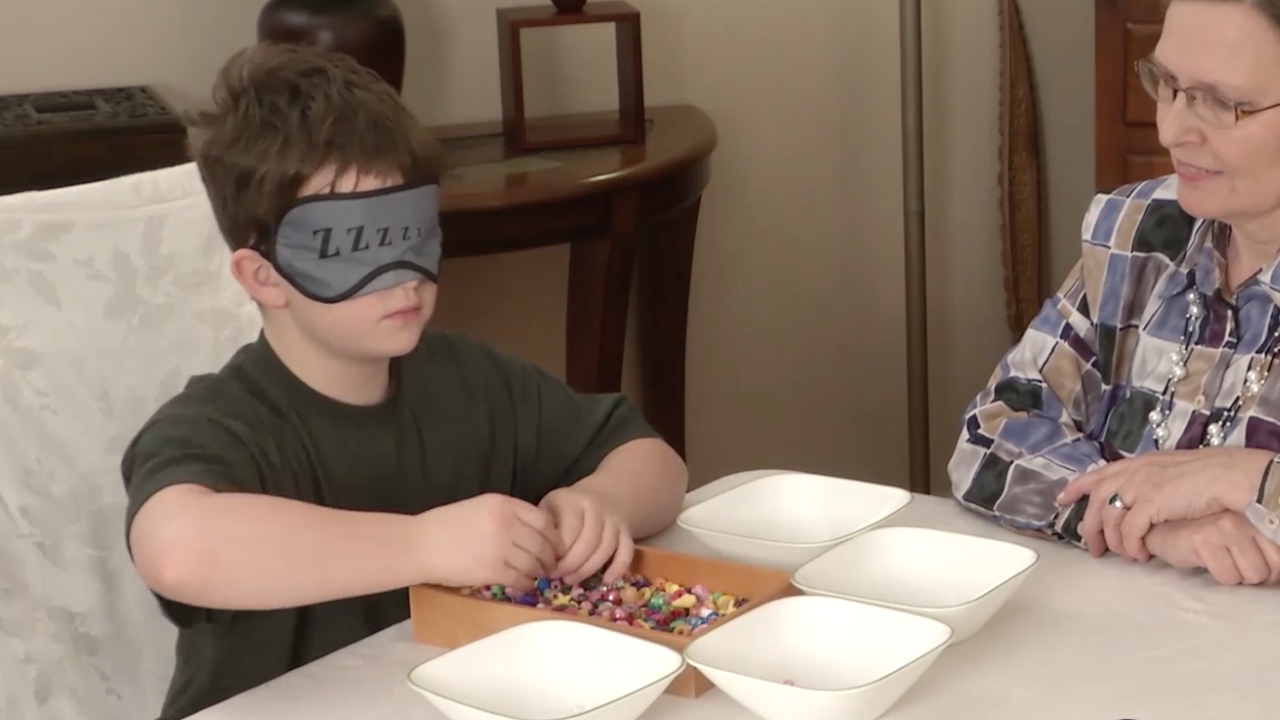
Heightened cocaine-seeking in male rats linked to poorer Serotonin regulation
From an article published in Dec. 2022 in Frontiers in Pharmacology There has been a sharp increase in cocaine-related overdoses recently, but relapse rates have

From an article published in Dec. 2022 in Frontiers in Pharmacology There has been a sharp increase in cocaine-related overdoses recently, but relapse rates have

More often than not, autistic kids tend to not be open to trying new food and prefer to have chicken fingers for every meal, for example. There are a few sensory factors that play part in this issue: texture, color, smell and temperature.

Fish colored pom-poms or marbles. Besides fine motor improvement, this game is also a great speech development booster because it uses vision, fine motor, touch and posture skills simultaneously, which are all part of speech development.

The simplest solution to relieving stress and exhaustion is having a spa day. You surround yourself with good music, nice scents, and in a less busy environment. Many of Mendability’s protocols act like a spa day for the brain.

In this article we will review strategies that help individuals with tactile defensiveness, as well as other sensory processing issues related to touch, so that they can also implement touch exercises, and reap the benefits of an increase in brain plasticity.

Soft touch on the forearm evokes an individual’s awareness of others and promotes emotional control. Autism therapies should include protocols to rehabilitate the sense of touch in order to facilitate the development of social awareness.

A study published in February 2015 has found new clues. Tactile defensiveness of individuals with autism may have two main causes: Serotonin deficiency and defects in the brain’s white matter.
With spring break just around the corner, now is the perfect time to plan sensory and brain-enhancing activities to do with your child. Below are

[av_section min_height=” min_height_px=’500px’ padding=’default’ shadow=’no-shadow’ bottom_border=’no-border-styling’ scroll_down=” id=” color=’main_color’ custom_bg=” src=” attach=’scroll’ position=’top left’ repeat=’no-repeat’ video=” video_ratio=’16:9′ video_mobile_disabled=” overlay_enable=” overlay_opacity=’0.5′ overlay_color=” overlay_pattern=” overlay_custom_pattern=”] [av_textblock size=”

Dr. Michael Meaney’s research turns the old nature-versus-nurture debate on its head. His work shows that a mother’s touch can trigger genes that shape her child’s stress response.
